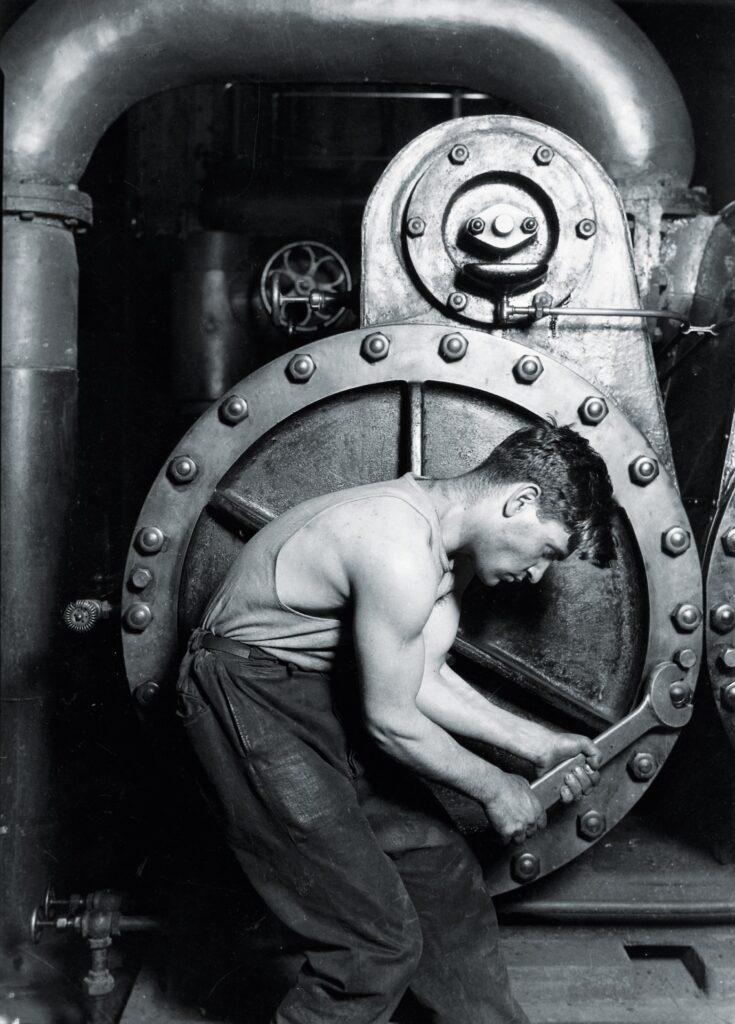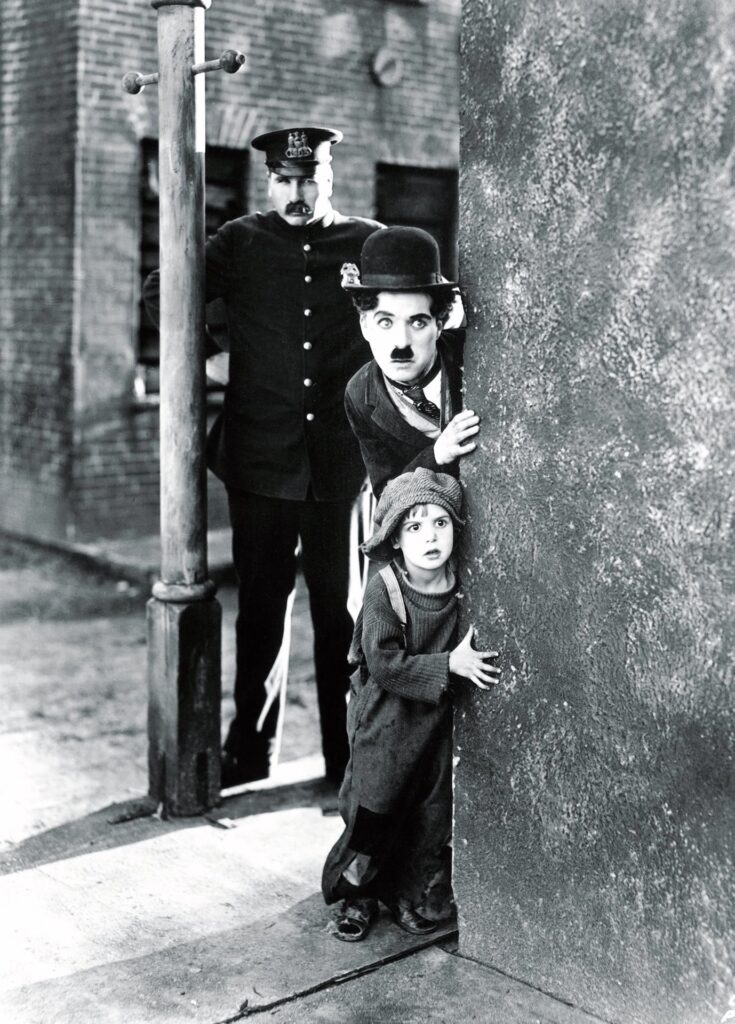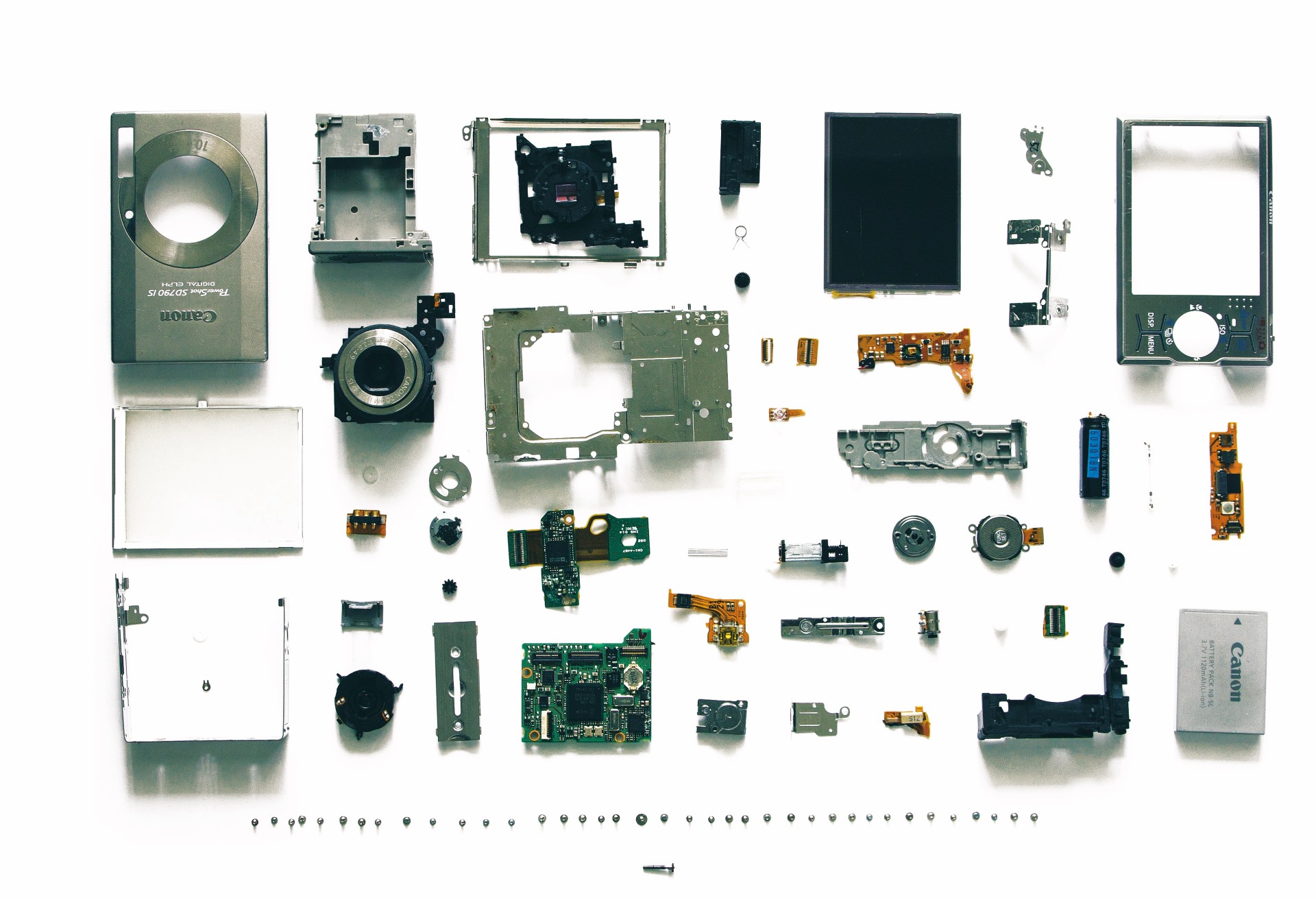The Birth of Waste
In pre-urban cultures, waste was a continuum between humans and their environment that integrated natural biological cycles. Today, we search for “empty spaces” to dump our waste and nature is seen as a “reservoir” of resources to be exploited for production.
In all pre-urban cultures, waste – or rather excrements and waste generated by the manipulation of everyday objects – did not pose a big problem. This was because its amount and, above all, the fact that it was made up of organic or inert material, determined a sort of ontological continuum between man and his environment: a close integration between cycles that promoted social expansion and those characterizing the natural world. The first break of this continuity was probably the burials that man used for his deceased, instead of giving the bodies back to the environment.
The problem of taking away waste from everyday environment started with urbanization and only in so far as cities’ streets, irrigation ditches and gardens were not able to absorb waste more naturally – something that pre-industrial city-dwellers probably understood too late. Nevertheless, the advent of industrial society marked a general metamorphosis of this problem:
- First, it drastically increased the number of people generating waste. Population growth characterizing the modern world is a recent phenomenon. It began in the Western world thanks to the increased availability of food starting in the mid-18th century.
- Secondly, it also increased the pro-capita waste generation. This is first taken from the environment and it is then given back as waste: the epoch-making transformation caused by the industrial revolution does not affect only resource extraction but also, more or less with the same intensity and with a time gap destined to shorten over time, the use of the environment to dump discarded materials and products.
- Thirdly, it changed waste composition. For thousands of years man used, and thus discarded, organic materials that nature was perfectly able to re-introduce in its biological cycles; or inert materials that did not alter the balance neither before or after man’s use. But starting with the development on industrial scale of metallurgy first and of carbon chemistry and petro-chemistry later and eventually of new synthetic and composite materials – the performance of these materials is mainly linked to the irreversibility of the processes through which they are produced – have caused a reduction of the organic fraction of the total amount of waste in favor of the non-biodegradable fraction.
- Finally, goods are no longer totally used: capital goods, that is means of production, are characterized by an obsolescence period that does not coincide with their wear-and-tear cycle. Above all, consumer goods have undergone a radical transformation, increasingly pushing them towards the “disposable” realm.
To accommodate all this waste, we need space, but it must be “empty” space – land, water or air – where we can dump everything we do not want to see. The common thread of both responsible (through specific technologies) and irresponsible (that is simply “abandoning” waste, counting on natural processes, such as rain, wind, currents and spontaneous biological processes to get rid of it) waste disposal is that the environment is seen and can be used as an empty space available to society for dumping what it deems no longer possible or useful to keep or use.
We produce to replace but the implicit assumption of such behaviour is that everything that is replaced can and must be thrown away.
This way of looking at the environment is as widespread, rooted and characteristic of the modern spirit as the notion that the world is a mine of resources available for the development of productive forces. This is why waste, before clogging and fouling the external world, polluted the mind as the phenomenology of spirit. In addition, it has taken over because it equates to an approach to the world characterized by the development of technological domination in the modern world: this is exactly what has happened to the progressive transformation of nature into a mere reservoir of resources.

In reality, resources and waste are strictly complementary: waste and its infinite growth potential is fed by the same infinite availability of natural resources. And vice versa: the transformation of nature in resources – that is the availability of all reality to be used in new ways – would never have reached such universal proportions in the modern world if it had not been guaranteed a privileged way in goods for human activities and as way out from this realm once they have lost their usefulness. As proof, suffice it to look at the way the world of waste has progressively expanded to include anything not seen as a resource.
First, waste – the excrements of society – has attracted in its orbit biological excrements and not vice versa. This first involved human dejecta, in the past used as fertilizer or collected in septic tanks where they were converted into humus and given back to the environment. However, with the introduction of sewage systems, and above all of flushing, they have been dumped into rivers and eventually seas, counting on their ability to contain them all. Nevertheless, the process of transforming excrements into waste has gone further, including most of animal dejecta that are dumped into rivers and are now amongst the factors contributing to eutrophication in many lakes and seas. In this change, a vision of the environment as a mere available empty space where what is no longer economically viable to treat or use can be dumped, has replaced the concept of excrements as an essential link in the interexchange between organisms and the environment.
Secondly, it has become natural that all goods produced are not made to last. We produce to replace but the implicit assumption of such behaviour is that everything that is replaced can and must be thrown away. The throwaway society – the result of consumerism, that is a social organization perpetuated through the proliferation of goods, because without such increase the links (trade) binding it together would disappear and through the means with which it guarantees its members’ livelihood (occupation as a privileged access to income) – is based both on the assumption of infinite resource extraction and that of endless accumulation of waste.
Waste is the obscure side of goods. Legislators subject waste to ever more rigorous rules in an attempt to keep as unchanged as possible the freedom of those who legally enjoy goods.
Finally, with the progressive extension of the resource realm from produce to the whole creation, including man who expected to dominate this process in the name of his right to use nature (this is why we refer to “human resources”), the realm of waste also progressively expanded, including not only what in the past was not waste because it belonged to the “natural” relations of exchange between man and his environment, but man himself, who invented the notion of waste. In different historical eras, the words “human waste” or “social waste” were used to isolate and remove from society and its processes all those individuals that the dominant culture no longer considered, or was no longer able to see, as resources, that is criminals, the handicapped, the antisocial, and the long-term unemployed. The history of this process is the other side of a general notion of social relations that selects and values individuals on the basis of their ability to produce and their contribution to production. In this case as well, we are faced with a unique process: to increase productivity, we have deeply tapped indiscriminately into human faculties, selecting and using them according to pre-established objectives – the very essence of exploitation – because there is the possibility, when they are no longer usable, of throwing them away, together with the individuals, the wretched vessels of such faculties.

However, what has happened to waste since we developed technologies to treat it, to make it harmless, to recycle it and no longer leave it to itself as it happened for many years and it is still happening in many parts of the world? Those technologies, and the laws that supported their development and adoption, have transformed waste into the privileged recipient of a generalized “management.” The same detailed directions do not apply to what can be considered the forerunners of the realm of waste, that is goods and their production. This is even more so if we go back to the dawn of the reflection on the world of goods. It is the essential nature and destiny of goods, and not of waste, “to be left to their own devices,” that is to the free play of demand and supply and the process of social and physical circulation.
Laissez-faire, laissez-passer are the mottos printed on the flags of market idolizers according to whom independence within civil society and legal regulations is achieved through the production of goods, in a period when the market is imposing itself as the privileged environment for social development. No one would ever dream, or has ever dreamt, to claim the same mottos for the production of waste, even if, in reality, this has been and still is a widespread practice. De facto and legal freedom enjoyed by the market and the circulation of goods in society, the autonomy of trading relationships, as a means of social cohesion no longer based on blood or community ties, do not tally exactly with the restrictions and the rules governing waste. It can no longer be “abandoned” without obstructing and making unusable both the physical and social space where the freedom of goods takes place.
Waste is the obscure side of goods. Legislators subject waste to ever more rigorous rules in an attempt to keep as unchanged as possible the freedom of those who legally enjoy goods. And vice versa: goods produce an immense amount of waste on which legislators must intervene, because the law and above all the market ideology allow its production. Legislators intervene on waste, followed by hordes of experts, conventions, authorized and illegal treatment plant builders and thousands of profiteers of what society is not able to recognize and accept as part of its functioning. Waste, however, is just the perceptible manifestation – to the eye, to the touch, to the nose and so on – of the freedom enjoyed by goods.
